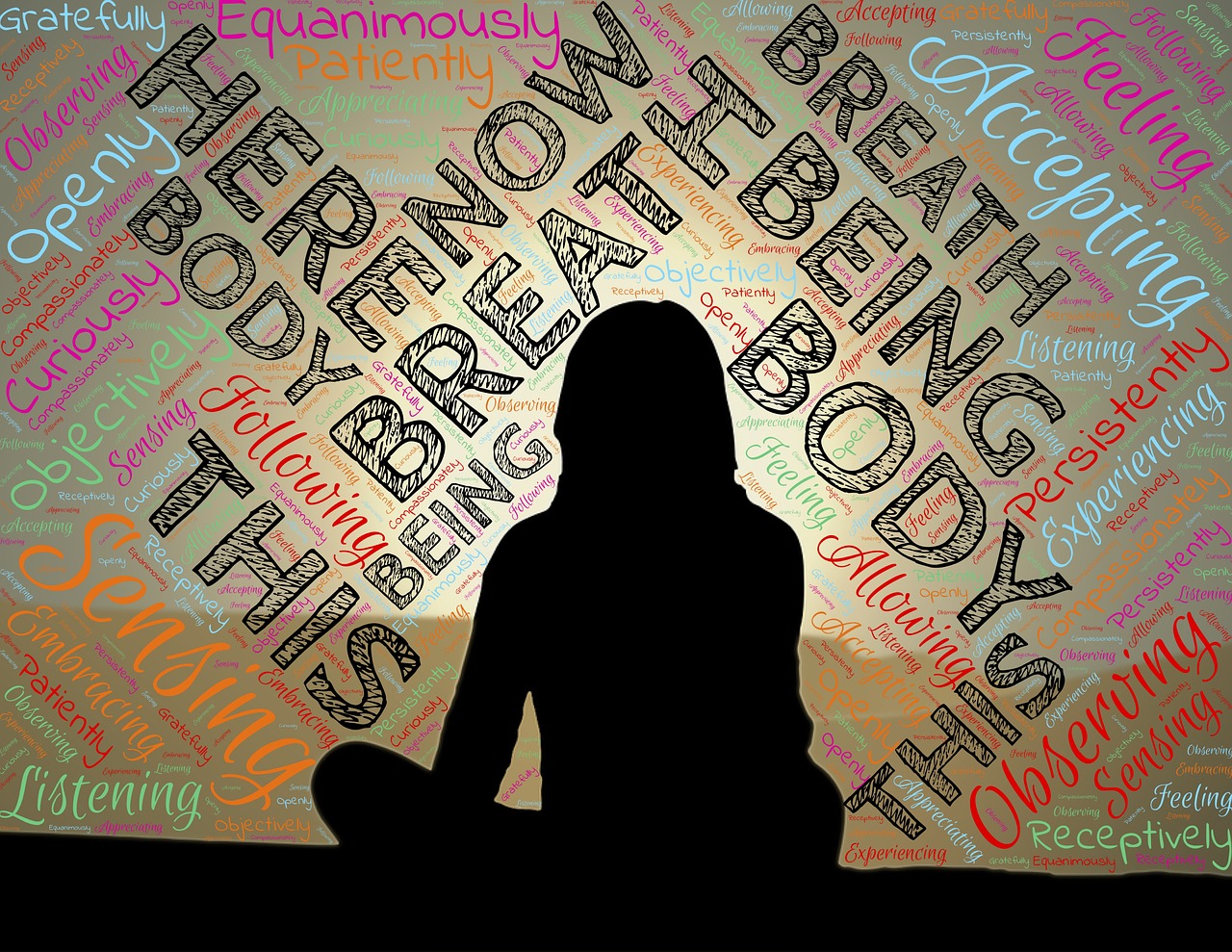Table of Contents
8 Mindfulness Habits to Boost Your Daily Happiness
Mindfulness is a powerful tool that can change your daily life for the better. By practicing key mindfulness habits, you can reduce stress, improve focus, and find more joy in everyday moments. These habits are not complicated and can easily fit into your routine, making mindfulness accessible to everyone.

As you dive into these eight mindfulness habits, you’ll discover simple techniques that encourage you to be present and engaged. From breathing exercises to setting aside time for reflection, each habit offers unique benefits to help you navigate life with greater ease. You don’t need to tackle them all at once; even small changes can have a big impact on your well-being.
Get ready to learn how to incorporate mindfulness into your life in meaningful ways that support your happiness and peace of mind.
Key Takeaways
- Mindfulness can significantly reduce stress levels.
- Simple mindfulness habits can be practiced daily to build your mindfulness routine.
- Consistency in practice helps overcome challenges and enhances awareness.
The Basics of Mindfulness

Mindfulness is about being present and fully engaging with the moment. It has roots in ancient practices, evolving into techniques that can help you in daily life. Here’s a look at its key aspects.
Understanding Mindfulness
Mindfulness means paying attention to the present without judgment. You focus on your thoughts, feelings, and surroundings. This practice helps you to recognize distractions and respond calmly.
A few simple ways to practice mindfulness include:
- Breath Awareness: Notice your breathing. Feel each inhale and exhale.
- Body Scan: Pay attention to each part of your body, from head to toe.
- Mindful Observation: Focus on an object and fully observe it without thinking about anything else.
These practices encourage you to notice what is happening at this moment, helping reduce stress and increase clarity.
History and Origins
Mindfulness has roots in ancient meditation practices, particularly in Buddhism. It emphasizes awareness and acceptance of the present moment. While it began as a spiritual practice, mindfulness has become popular in the West.
In the 1970s, Jon Kabat-Zinn developed Mindfulness-Based Stress Reduction (MBSR). This program aimed to help people manage chronic pain and stress. Now, many use mindfulness in everyday life for overall well-being.
By learning its history, you can appreciate how mindfulness has evolved and how it can benefit you today.
Establishing Your Practice
Setting up your mindfulness practice can really help make it a meaningful part of your life. Two key areas to focus on are finding a comfortable space and creating a consistent routine.
Finding Your Space
Choosing the right spot for your practice is essential. Look for a quiet space where you won’t be interrupted. This could be a corner of your bedroom, a cozy chair in your living room, or even a peaceful spot outdoors.
Make sure the area feels welcoming. You might want to add some cushions or a mat to sit on. Lighting a candle or using calming scents can help create a soothing atmosphere. Personalize your space with items that help you feel relaxed. The goal is to make it a place where you feel comfortable and can focus.
Timing and Consistency
Timing is important when it comes to mindfulness. Pick a time that works well for you, whether it’s morning, midday, or evening. Consistency is key, so try to practice at the same time each day. This routine can help you enjoy and stick with your practice more easily.
Start small, even with just a few minutes each day. Over time, you can increase this if you want. You might set reminders on your phone or use a meditation app to help you stay on track. By making it a regular part of your day, you create a lasting habit that can improve your well-being.
Daily Mindfulness Techniques
Incorporating mindfulness habits into your daily routine can be simple and effective. Focusing on specific techniques can help you center yourself and find peace in each moment. Here are three practical methods to get you started.
Breathing Exercises
Breathing exercises are powerful tools for mindfulness. To begin, find a comfortable position, either sitting or lying down. Close your eyes and take a deep breath in through your nose, counting to four. Hold that breath for four counts before slowly exhaling through your mouth for another four counts.
Repeat this process several times. You can also practice this when you’re feeling stressed. Just a few minutes of focused breathing can help you feel more relaxed and centered. Consider using a timer for five minutes to deepen the practice.
Mindful Eating
Mindful eating encourages you to fully engage with your food. Start by choosing a small meal or snack. Before eating, take a moment to observe the colors, textures, and smells. Once you begin eating, chew slowly and savor each flavor.
Put the fork down between bites if it helps you focus. This practice increases your awareness of what you consume and can enhance your enjoyment of food. It can also prevent overeating. Try to eat without distractions like TV or phones to deepen the experience.
Mindful Walking
Mindful walking combines movement with awareness. The next time you take a walk, pay attention to each step you take. Feel your feet making contact with the ground and notice your surroundings.
If you’re walking outdoors, listen for birds, feel the breeze, or notice the colors around you. This practice invites you to be present in your body and environment. You can even count your steps as a way to keep your focus. Aim for at least 10-15 minutes to really immerse yourself in the experience.
Mindfulness Throughout the Day
Practicing mindfulness throughout your day can really enhance your focus and emotional balance. It’s about being present in the moment, whether you’re at work or enjoying time with loved ones. Here’s how to bring mindfulness into these key areas of your life.
Workplace Mindfulness
In the workplace, mindfulness can help reduce stress and improve productivity. Start by setting aside a few minutes in the morning to plan your goals. This helps you focus on tasks more effectively.
During the day, take short breaks to practice deep breathing. Inhale slowly through your nose, hold for a few seconds, then exhale through your mouth. Repeat this a few times to clear your mind.
You can also incorporate mindfulness into meetings. Listen actively to your coworkers. This encourages open communication and builds a positive work environment.
Mindfulness in Relationships
Being mindful in your relationships means being fully present when interacting with others. Put your phone away during conversations and give your full attention. This shows you value their time and feelings.
You can also practice gratitude. Take a moment to appreciate what your partner or friends do for you. A simple “thank you” can strengthen your bond.
Engage in shared activities mindfully. Whether it’s cooking together or enjoying a walk, focus on the experience and what it feels like. This can create deeper connections and more enjoyable moments.
Overcoming Challenges
Mindfulness can be tough, but knowing how to handle distractions and managing your expectations can make a big difference. Here are some tips to help you stay on track.
Dealing with Distractions
Distractions can pop up everywhere. Whether it’s your phone buzzing or noise from the street, they can pull you away from being present.
- Set a Specific Space: Choose a quiet spot for your mindfulness practice. Make it a dedicated area where you can focus without interruptions.
- Time Blocks: Use short time blocks for your sessions, like 5 or 10 minutes. This helps you ease into mindfulness without feeling overwhelmed.
- Mindful Breaks: If distractions surface, take a brief pause. Acknowledge the distraction, then gently return your focus without judgment.
By recognizing distractions and creating a plan, you can keep your mindfulness practice strong and effective.
Managing Expectations
When you start practicing mindfulness, it’s important to have realistic expectations. You might hope for instant results, but growth takes time.
- Practice Patience: Remember that mindfulness is a skill. Just like any other, it gets better with practice. Don’t be hard on yourself if you struggle initially.
- Stay Flexible: Some days will be easier than others. If your mind wanders or you can’t concentrate, that’s okay. Adjust your practice to match your current state.
- Celebrate Small Wins: Each time you practice, it counts. Focus on the moments when you feel connected and present. These small successes are steps in the right direction.
By managing your expectations, you can enjoy the journey of mindfulness without added pressure.
Frequently Asked Questions
Mindfulness can be a game-changer in your daily life. It helps you build focus, reduce stress, and enhance your overall well-being. Here are some common questions that people have about incorporating mindfulness into their routines.
What daily practices help cultivate mindfulness?
To cultivate mindfulness, consider starting your day with a few minutes of meditation. Deep breathing, mindful walking, or simple gratitude journaling can also set a positive tone. These practices help train your mind to stay present throughout the day.
Can you list some practical mindfulness exercises for beginners?
Begin with short meditation sessions, focusing on your breath. Try body scans where you mentally check in with each part of your body. Another great exercise is to spend time observing nature, allowing yourself to engage with your surroundings fully.
What does incorporating mindfulness habits into your daily routine look like?
Incorporating mindfulness can be as simple as taking a moment to breathe deeply before meals. You can pause at regular intervals during your day to notice your thoughts and feelings. Making small adjustments like these helps you stay grounded and present.
Which mindfulness techniques can you apply during everyday activities?
While eating, savor each bite and pay attention to the flavors and textures. During chores, concentrate on the movements and sensations involved. When waiting in line, practice mindful breathing or simply observe your surroundings without judgment.
How does regularly practicing mindfulness influence your life?
Regular mindfulness practice can lead to less stress and anxiety. You may find that you respond to challenges more calmly. Many people also report improved focus and better relationships as they become more aware of their thoughts and actions.
What are some core attitudes to maintain for effective mindfulness practice?
Maintain a non-judgmental attitude as you practice. It’s important to approach your thoughts and feelings with curiosity rather than criticism. Embrace patience and kindness towards yourself. These core attitudes create a supportive environment for your mindfulness journey.

